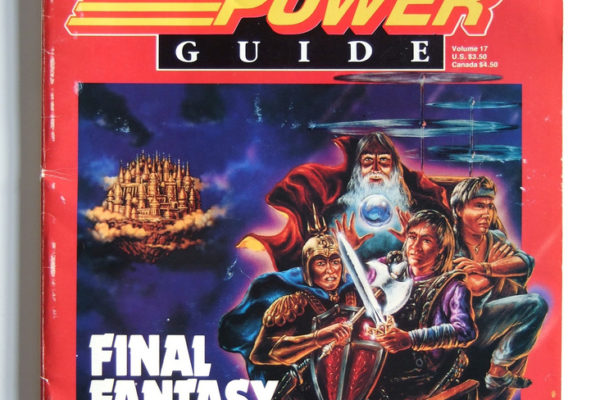Nikki Massaro Kauffman loved Mary Poppins growing up, partially for the way Mary turns work into a game. Now she argues that we need more gamification in our schools to help promote learning for all students.
In her red stapler winning talk at #heweb16, Massaro Kauffman, a Multimedia Specialist and Interaction Designer at Penn State, discussed the ways incorporating gaming concepts into learning management systems can improve student achievement, promote cooperation, and help to make all students and not just some, feel invested in their learning.
As a colleague told her “When are we going to learn that video games had this figured out a long time ago.”
Bad learning experiences can leave students in a bit of despair. “When we should be feeding their imaginations, we end up feeding the dumpster,” Massaro Kauffman said.
Education should not be a battle to the death where only one champion emerges, she said. Games can help promote “winning” among a broader population.
Games are useful because they model concepts in the real world with minimal risk. Massaro Kauffman showed examples of learning games that look at blood typing, disaster prevention and voter redistricting.
Games also have an element of discovery, she noted. At their best games encourage out of the box thinking and even get students out into the real world.
Games tell stories and stories create powerful impressions. “Our strongest memories are based on our emotions and our earliest version of learning is based on story telling, Massaro Kauffman said. The game Valiant Hearts does this particularly well, she said. drawing on real World War I letters to advance the narrative of the game. It’s a seamless feature that almost disguises the fact that a player is… well, learning.
Learning Management Systems are behind in getting gaming elements into them, Massaro Kauffman said, but improves are coming. One tool, GradeCraft, helps students level up to an A. students can see what they need to do to earn an A. Khan Academy awards points and its table of contents contains a progress bar, Duolingo uses strength meters and gems, Future Learn adds ability for people to comment and form relationships.
But good gamification must also teach collaboration, Massaro Kauffman said.
“Throwing students into group work to teach them about collaboration is like throwing someone into the deep end to teach them about swimming- there are some strong swimmers, and there are some that learn to be scared of the water,” she said.
To promote successful collaboration, she encourages leverages user generated content for establish tips and tricks for working in a group, in a sense creating a “strategy guide” for learning.
Massaro Kauffman’s team has a little star ornament to give colleagues real-time feedback as a reward for behavior that improves someone’s day.
“I think it’s important that we give people feedback for communicating, for being reliable and working well with others. These are behaviors we can reward,” she said.
Collaboration and gaming elements broaden learning success, instead of promoting the success of the few.
“Higher education should not be a pyramid scam. We should not be subsidizing the success of the star students on the backs of first generation students,” she said.

